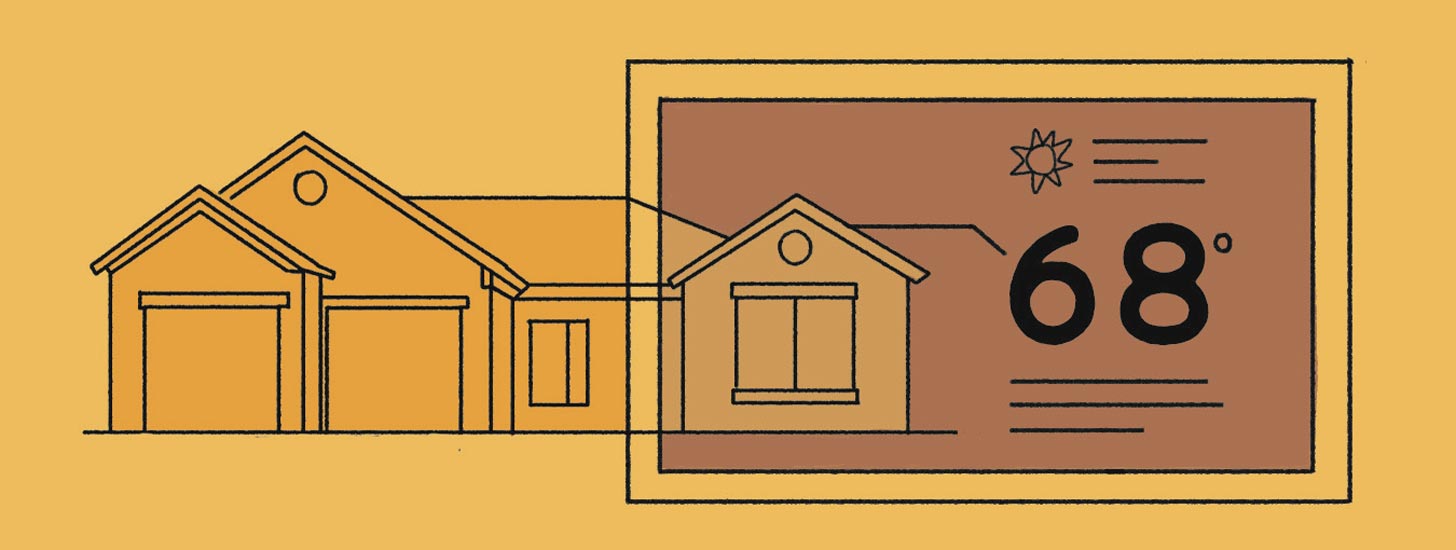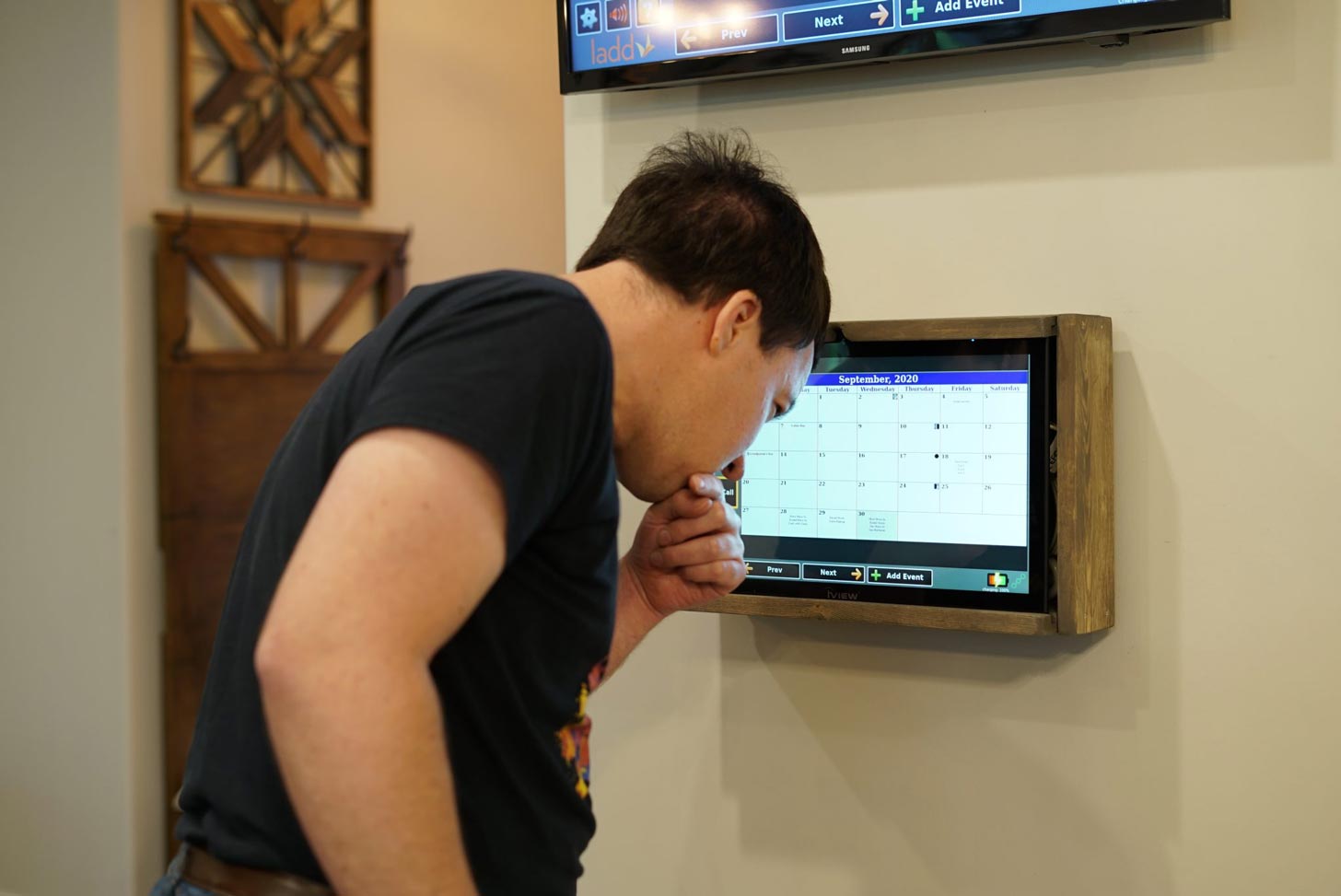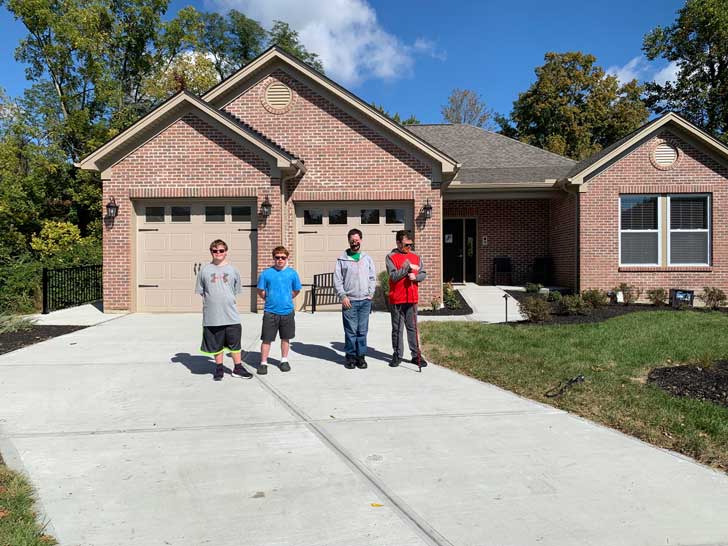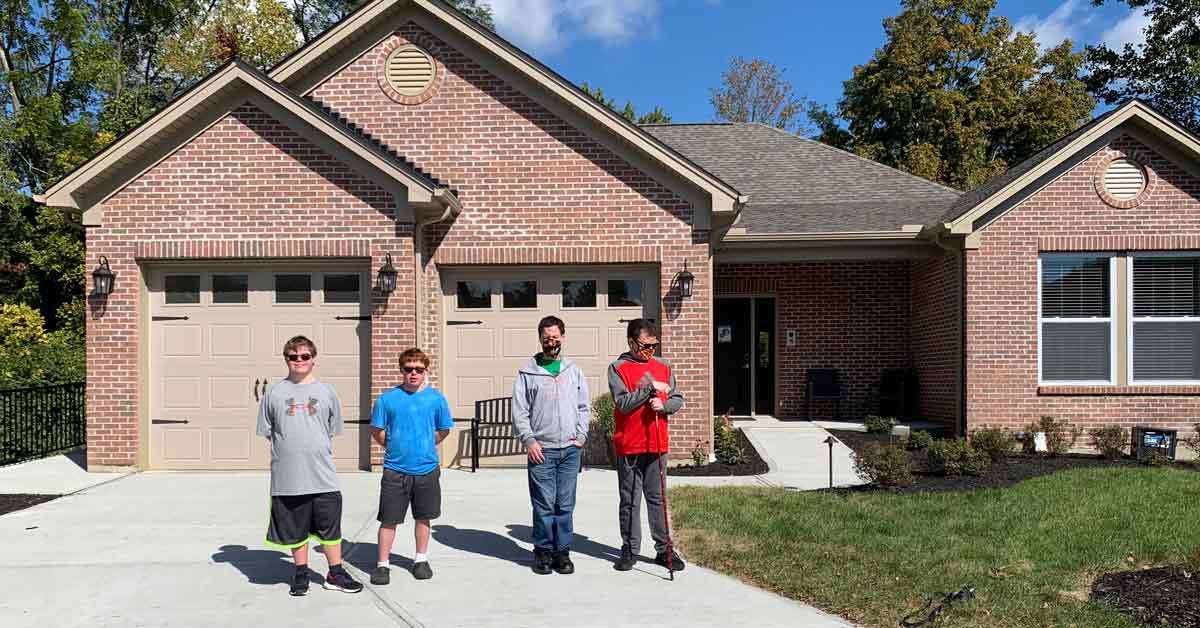According to the Centers for Disease Control, about 7.7% of U.S. adults have an independent living disability with difficulty managing errands and key daily tasks on their own.
Simultaneously, these individuals face crises of staffing shortages and rising costs associated with care and services.
In Ohio, nonprofit Living Arrangements for the Developmentally Disabled has worked for over 50 years to offer education and training to provide a higher level of independence for adults with developmental disabilities.
Now, in the 21st century, the organization has turned to smart home technology to help support its clients even further.

In 2021, LADD launched a pilot to integrate smart home technologies such as virtual remote support touchscreens, wearables, automation for lights, temperature, and even medication dispensers, smart appliances like dishwashers, stoves, and garbage cans, and more.
The technology is designed to anticipate challenges and provide accommodations and safety plans to mitigate issues before they arise.

These supports intervene only when they are needed instead of being required 24/7, which is similar to how in-home service providers often operate.
As part of the pilot, the organization created the Heidt Smart Living Home for a small group of residents to move in and test the efficacy of its offerings.
“I don’t know the words to say it, I’m just … I’m finally home,” said Matt Chaffin, one of the first residents of the smart home.

“We have thought for so long what it would take for us to provide Drew a situation like this and the cost, the right supports, the right environment,” said Steve Jones, the father of another resident, Drew.
“We didn’t imagine that that was going to happen for so long or if it could happen at all.”
LADD is also working with Xavier University’s Department of Occupational Therapy to research technology’s impact on independence and affordability within this community.

Since the pilot launched in 2021, researchers have documented a 65% reduction in staff time and an increase in independence for the residents.
While LADD was likely the first organization in the country to implement a program like this, others are following in its footsteps.
In Long Island, New York, the nonprofit Family Residences and Essential Enterprises, or FREE, opened its first communal smart house for autistic and disabled adults.
“Without the enhancement of adaptive technology, it doesn’t permit them to live their fullest life,” FREE’s CEO and Co-President Dr. Christopher Long, told CBS News. “We want to maximize people’s independence.”
A version of this article was originally published in The 2025 Technology Edition of the Goodnewspaper.
You may also like: At a new 'Habitat for Humanity factory,' high school students earn credit building tiny homes for neighbors in need
Header image courtesy of LADD



